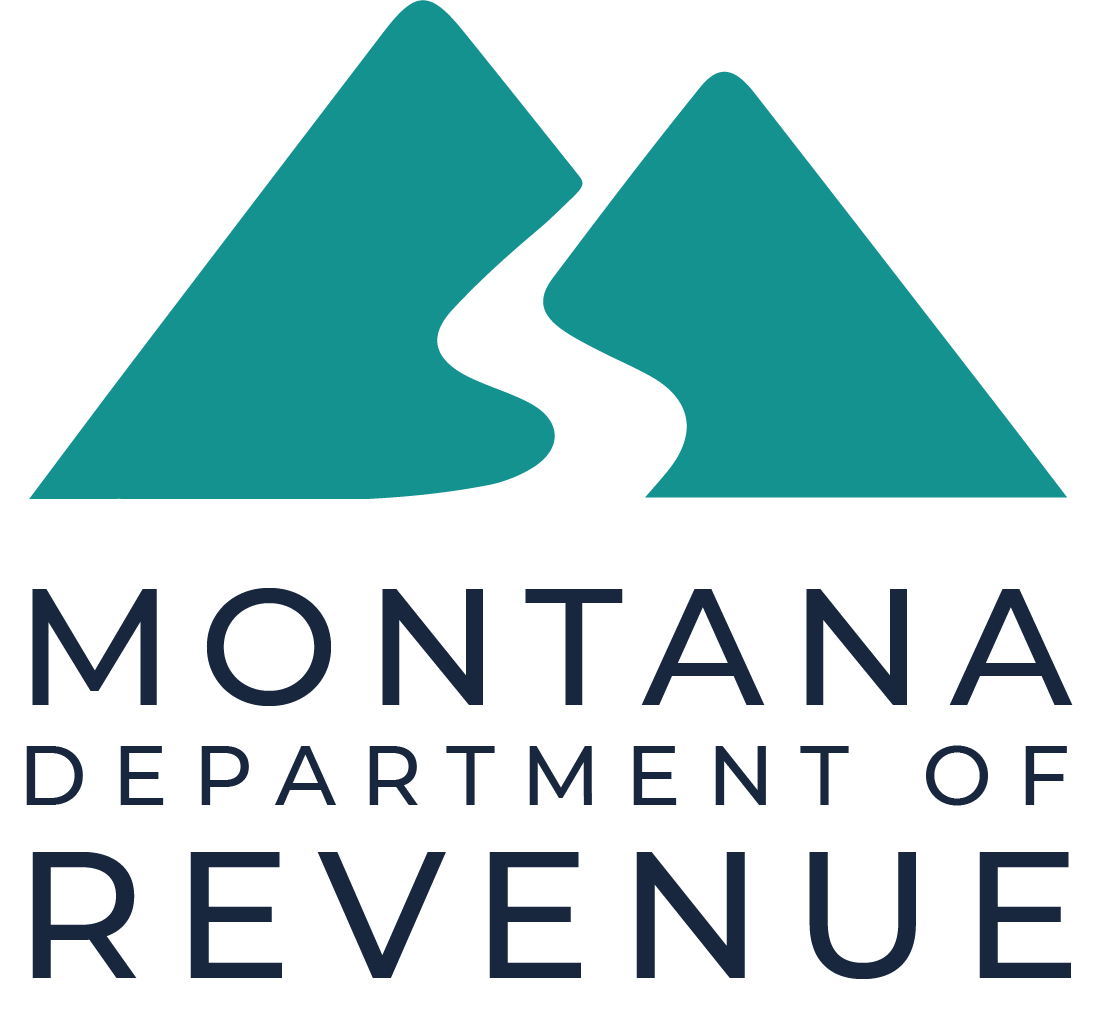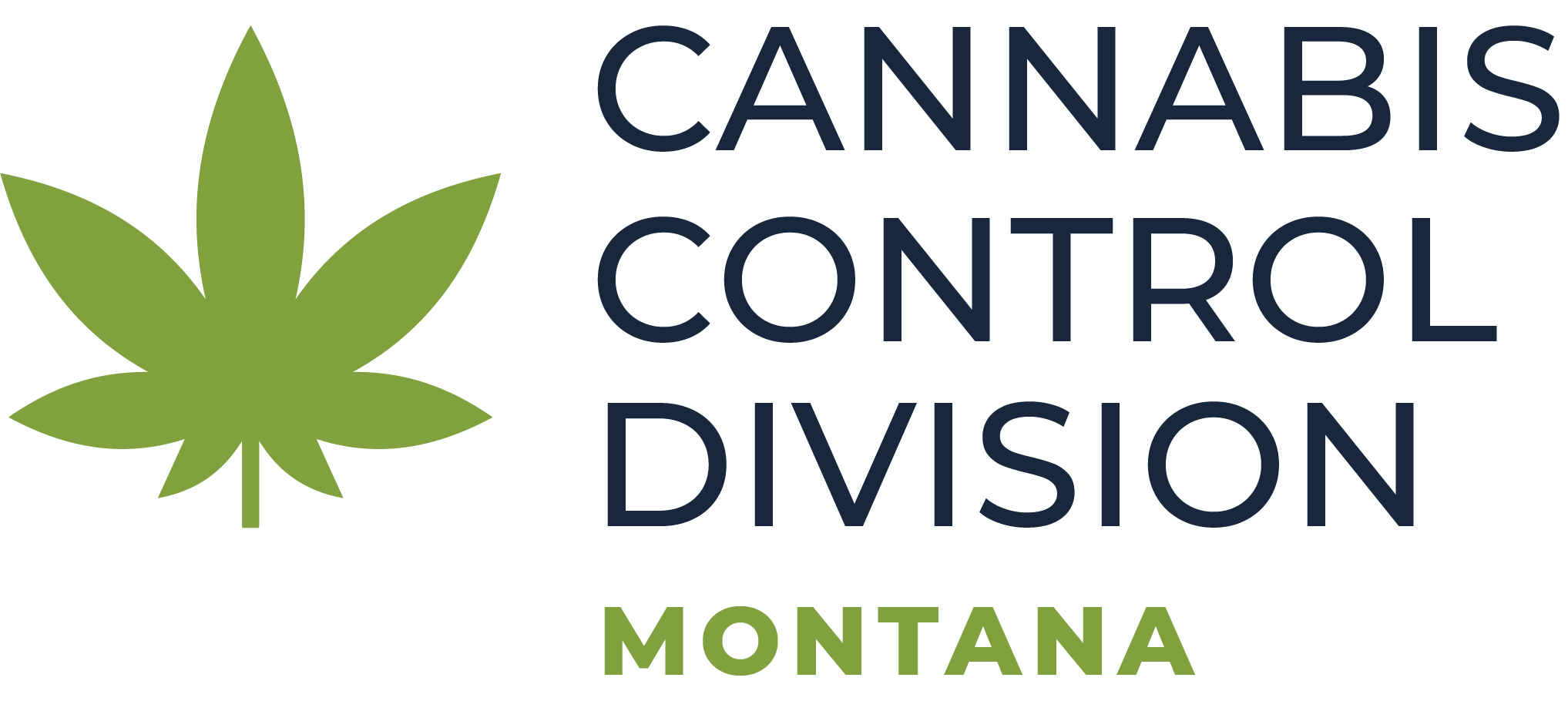Licensees are required to follow the labeling and packaging rules, and it is their responsibility to know, understand, and operate within the rules.
The labeling and packaging rules apply to marijuana and marijuana products that are for ultimate sale to a consumer, registered cardholder, or their designated purchasers.
These rules do not apply to items that are undergoing lab sampling or testing, or bulk transfers of marijuana and marijuana products from one licensee to another.
There are general labeling requirements for all marijuana and marijuana products (adult-use and medical) under ARM 42.39.314.
In addition to general labeling requirements for all marijuana and marijuana products, there are additional labeling requirements for:
- marijuana flower ARM 42.39.315
- ingestible marijuana-infused products ARM 42.39.316
- non-ingestible marijuana-infused products ARM 42.39.317
- marijuana concentrates and extracts ARM 42.39.318
- seeds and plants ARM 42.39.322
The packaging requirements for marijuana and marijuana products under ARM 42.39.319.
ARM 42.39.319 (2)(a)(b)(c) & (4) covers exit package requirements.
Licensee applicants are being given the option of selecting and affirming the use of a generic label for each of the marijuana product categories that it sells to consumers.
There is no fee associated with the use of generic labels, nor will an attachment (photo or accurate rendering) be required. Label applications shall be submitted electronically to the department via the TransAction Portal (TAP)
Complete requirements are found in ARM 42.39.314.
All information on labeling must be unobstructed and conspicuous. Multiple labels, a booklet, or an accordion can be attached if no required information is completely or permanently obscured.
Additionally, labels must be printed in a legible font such as Times New Roman, Arial, or Helvetica.
All print must be at least printed in a font size large enough for the lowercase o to be 1/16 inch.
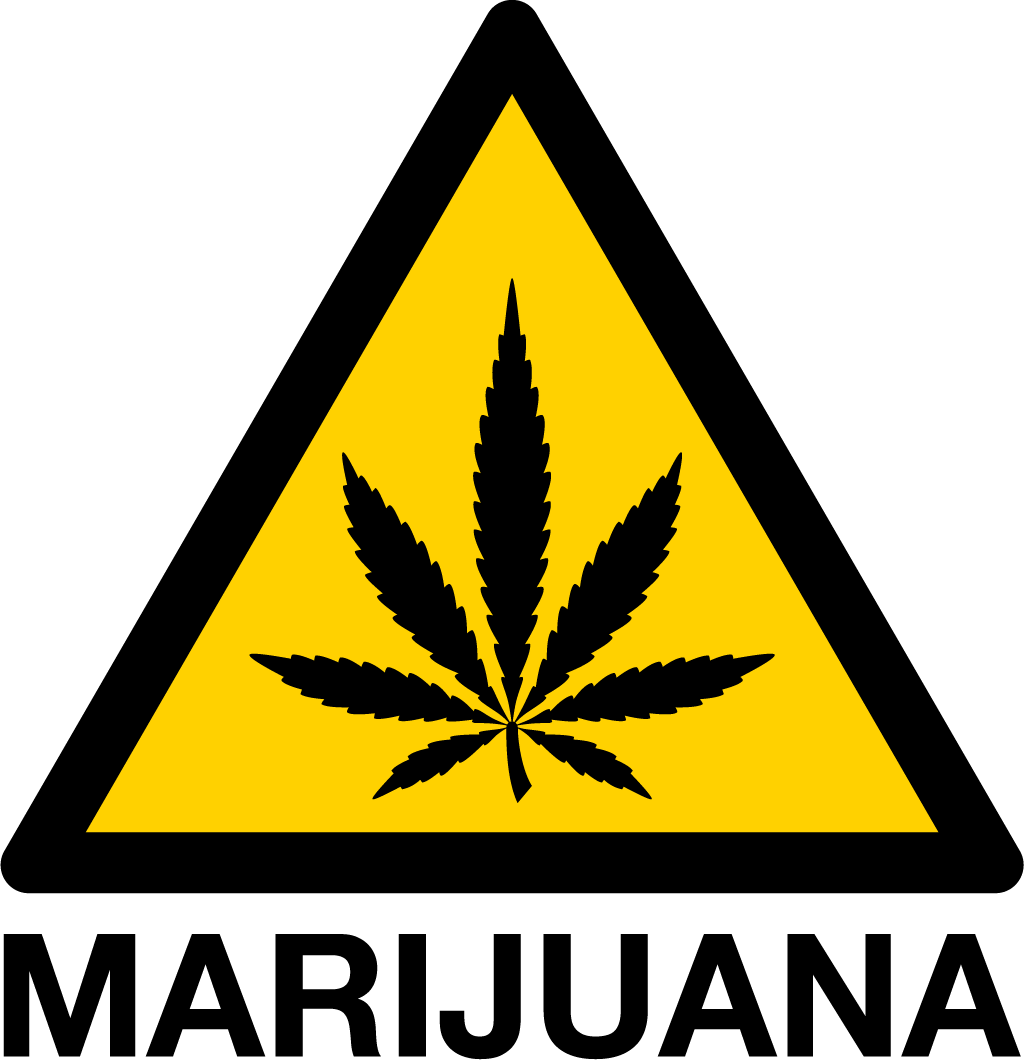
Required Information
- The Universal Montana State Marijuana Symbol sized at least .33 inches wide by .33 inches high. Download the symbol (ZIP, 468.2 KB)
- A QR code that links to the product’s certificate of analysis with a statement informing consumers that they can scan the code to see additional product information
- Strain name (or must indicate if it is a hybrid strain)
- Common name of product (flower, inhaled extract, cookie, etc.)
- The unique identification number generated from the seed-to-sale tracking system
- Date of Harvest (flower) or Date of Manufacture (manufactured products)
- Net US Customary Units & Metric (SI Units): fluid or weight measure
- if the product is a liquid:
- expressed in terms of fluid measure; and
- preceded by the phrase “Net Contents” or “Net”
- if the product is a solid, semi-solid, or viscous:
- expressed in terms of weight; and
- preceded by the phrase “Net Weight,” the abbreviation “Nt. Wt.,” or “Net”
- if the product is a liquid:
- The number of servings (if multi-serving, e.g. Net Weight 2 oz (56.7g) (10 cookies))
Required Language
Labeling must include all of the following language, verbatim:
- “This product has been tested and meets the requirements of the state of Montana”
- “Keep out of reach of children and pets”
- “This product may be addictive”
- “This product may have intoxicating effects. Do not drive while under the influence of marijuana.”
Labeling may need to contain:
- If manufactured: list chemical or solvent used
- If orally ingested: “The intoxicating effects of this product may be delayed by two or more hours.”
Labeling may or may not need to contain:
- If heat is not required to administer or consume: do not include total THC or total potential psychoactive THC on facts panel
- Ingredients List
- Allergen Statement
- Total number of servings per package
Complete requirements are found in ARM 42.39.314.
In addition to all General Labeling Requirements, medical products must meet the following requirements:
Required Language
Medical product labels must include all of the following language, verbatim:
- “This product has been tested and meets the requirements of the state of Montana”
- “For medical use only”
- “This product is not approved by the U.S. Food and Drug Administration to treat, cure, or prevent any disease.”
- “Keep out of reach of children and pets”
- “This product may be addictive”
- “This product may have intoxicating effects. Do not drive while under the influence of marijuana.”
Labeling may need to contain:
- If manufactured, list chemical or solvent used.
- If orally ingested, “The intoxicating effects of this product may be delayed by two or more hours.”
Labeling may or may not need to contain:
- If heat is not required to administer or consume: do not include total THC or total potential psychoactive THC on facts panel.
- Add Ingredients List
- Add Allergen Statement
- Add Total number of servings per serving and/or per package
Complete requirements are found in ARM 42.39.315.
In addition to all General Labeling Requirements and Medical-Use Labeling Requirements, marijuana flower labels must include the percentage concentration of total psychoactive THC, THCa, CBD, and CBDa.
Labeling may include the percentage concentrate of each additional marketed cannabinoid or terpene, if applicable.
Complete requirements are found in ARM 42.39.316.
In addition to all General Labeling Requirements and Medical-Use Labeling Requirements, ingestible marijuana-infused products labels should include the following information:
Ingredients List
The ingredients list shall include:
- All ingredients in the ingestible marijuana-infused product listed by common or usual name in descending order of predominance by weight, and
- The word “Marijuana” followed by the part of the plant or form of concentrate used as in ingredient in the manufacturing process.
Any substance that is present in a non-ingestible marijuana-infused product in an insignificant amount and that does not have any technical or functional effect in the finished product may be excluded from the ingredients list.
Allergen Statement
All labeling shall include a statement declaring the presence of major food allergens in plain language.
Required Language
In addition to the language required by the general labeling and medical-use labeling requirements, ingestible marijuana-infused products must also include the following statement:
The intoxicating effects of this product may be delayed by two or more hours
Serving Size and Dose Information
All labeling shall include:
- The milligrams of THC, THCa, CBD, and CBDa per serving size or dose
- The number of servings or doses per package.
- Multi-serving packages must also include the total milligrams of THC, THCa, CBD, and CBDa per package.
The labeling may also contain a marijuana facts panel which includes the milligrams of each additional marketed cannabinoid or terpene per serving size, dose, or package.
Restricted Information
Labeling must not contain information on the total potential psychoactive THC, total THC, or otherwise mislead customers into believing the product has higher THC levels than it does.
Complete requirements are found in ARM 42.39.317.
In addition to all General Labeling Requirements and Medical-Use Labeling Requirements, ingestible marijuana-infused products labels should include the following information:
Ingredients List
The ingredients list shall include:
- All ingredients in the non-ingestible marijuana-infused product listed by common or usual name in descending order of predominance by weight, and
- The word “Marijuana” followed by the part of the plant or form of concentrate used as in ingredient in the manufacturing process.
Any substance that is present in a non-ingestible marijuana-infused product in an insignificant amount and that does not have any technical or functional effect in the finished product may be excluded from the ingredients list.
Serving Size and Dose Information
All labeling shall include:
- The milligrams of THC, THCa, CBD, and CBDa per serving size or dose
- The number of servings or doses per package.
- Multi-serving packages must also include the total milligrams of THC, THCa, CBD, and CBDa per package.
The labeling may also contain a marijuana facts panel which includes the milligrams of each additional marketed cannabinoid or terpene per serving size, dose, or package.
Restricted Information
Labeling must not contain information on the total potential psychoactive THC, total THC, or otherwise mislead customers into believing the product has higher THC levels than it does.
Allergens List
The allergens list must:
- declare the presence of major food allergens in plain language
Complete requirements are found in ARM 42.39.318.
In addition to all General Labeling Requirements and Medical-Use Labeling Requirements, marijuana concentrate and extract product labels should include the following information:
Ingredients List
The ingredients list shall include:
- All ingredients in the marijuana concentrate product listed by common or usual name in descending order of predominance by weight, and
- The word “Marijuana” followed by the part of the plant or form of concentrate used as in ingredient in the manufacturing process.
Any substance that is present in a marijuana concentrate in an insignificant amount and that does not have any technical or functional effect in the finished product may be excluded from the ingredients list.
Serving Size and Dose Information
All labeling shall include:
- For products requiring heat before administration or consumption:
- The percentage concentration of total potential psychoactive THC, THCa, CBD, and CBDa per serving size or dose
- For products that do not require heat before administration or consumption:
- The percentage concentration of THC, THCa, CBD, and CBDa.
- The number of servings or doses per package.
The labeling may also contain a marijuana facts panel which includes the milligrams of each additional marketed cannabinoid or terpene per serving size, dose, or package.
Required Language
In addition to the language required by the general labeling and medical-use labeling requirements, marijuana concentrate and extract products which are intended to be cooked with, eaten, or otherwise swallowed, must also include the following statement:
The intoxicating effects of this product may be delayed by two or more hours
Allergen Statement
For ingested products: all labeling shall include a statement declaring the presence of major food allergens in plain language and the following verbatim statement: “The intoxicating effects of this product may be delayed by two or more hours.”
Restricted Information
A marijuana facts panel for marijuana concentrates that do not require the application of heat to be administered or consumed may not contain information on the total potential psychoactive THC, total THC, or otherwise mislead customers into believing the product has higher THC levels than it does.
Ingredients list:
The ingredients list shall include:
- All ingredients in the marijuana concentrate product listed by common or usual name in descending order of predominance by weight, and
- The word “Marijuana” followed by the part of the plant or form of concentrate used as in ingredient in the manufacturing process.
Any substance that is present in a marijuana concentrate in an insignificant amount and that does not have any technical or functional effect in the finished product may be excluded from the ingredients list.
Serving Size and Dose Information:
All labeling shall include:
- The number of servings or doses per package
- The milligrams of THC, THCa, CBD, and CBDa per serving
- The milligrams of THC, THCa, CBD, and CBDa per package
- The product’s fluid measure listed as Net or Net Contents: X fl. oz. (X mL or milliliters).
For example:- Net: 2 fl. oz. (59.14 mL)
- Net Contents: 2 fl. oz. (59.14 mL)
The labeling may also contain a marijuana facts panel which includes the milligrams of each additional marketed cannabinoid or terpene per serving size, dose, or package.
Required Language
In addition to the language required by the general labeling and medical-use labeling requirements, beverages and tinctures must contain the following statement:
The intoxicating effects of this product may be delayed by two or more hours
Allergen Statement
All labeling shall include a statement declaring the presence of major food allergens in plain language.
Packaging Requirements-Drinkable Products only (not tinctures):
Drinkable marijuana products that contain more than one serving per package must include a device or mechanism for measuring a single serving of the product.
Restricted Information
A marijuana facts panel for marijuana beverages and tinctures may not contain information on the total potential psychoactive THC, total THC, or otherwise mislead customers into believing the product has higher THC levels than it does.
Who is required to get pre-approval for labeling and packaging?
Prior to selling, offering for sale, or transferring marijuana or marijuana product that is for ultimate sale to a consumer, registered cardholder, or the cardholder’s designated purchaser(s): all licensee or licensee applicants must submit and receive approval for labeling, packaging, and exit package applications.
Applications must be submitted using the form prescribed by the department. The department will review applications for compliance before approval. The initial submission must be made electronically, as required by the department. The licensee or licensee applicant shall submit a physical prototype, if required, upon request.
What is the difference between labels, packages, and exit packages?
- Label
- The label is the text, graphics, pictures, and logos printed on or affixed to the product package. (If the package contains more than one label panel than all the panels are considered as being a part of one label).
- Package
- The package or packaging is the physical structure that holds and protects the product.
- Exit Package
- The exit package is the child-resistant exit sealed container or package, for sold marijuana and marijuana products, that complies with federal child resistance standards. It is designed to be significantly difficult for children under 5 years of age to open but not difficult for adults to use properly.
As part of the application, the licensee/licensee applicant is required to submit documentation demonstrating that all exit packaging has been certified as child-resistant by a federally qualified third-party child-resistant package testing firm.
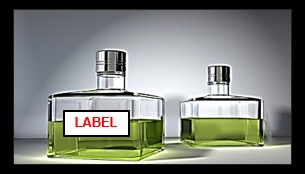
Example of Label vs PackageIn the picture above, the bottles containing the cologne are the package while the sticker on the first bottle represents the label.
- The Label
-
- Identifies the Product
- Provides information about the product and its use
- The Package
-
- Encloses the product
- Protects the product from contamination and exposure to harmful substances.
How many labels will need to be submitted? What about generic vs. custom labeling fees?
There are currently four (4) standard marijuana product categories that require labels:
- Marijuana flower
- Ingestible marijuana-infused products
- Non-ingestible marijuana-infused products
- Marijuana concentrates and extracts
The four standard labels can be used for sales to both registered cardholders and adult-use consumers. The specific medical marijuana labels are only for marijuana and marijuana products that exceed THC limitations for adult-use consumers found in § 16-12-224, MCA.
In summary, applicants should not have to submit more than eight total product types for their labels.
Applicants will be given the option of selecting and affirming the use of a generic label for each of the marijuana product categories for both adult use and medical products.
Generic templates are available for download.
For applicants that choose to submit their own custom label design, they must submit one template label for each marijuana product type for department review and approval (up to a total of 8).
A new label application is not required when the marijuana facts panel information changes for disclosures unless the marijuana or marijuana products are in excess of the THC levels set in § 16-12-224, MCA.
Disclosures not requiring a new label application are:
- levels of total potential psychoactive THC, THC, THCa, CBD, or CBDa
- date of harvest, strain name, or ingredients
If the applicant uses the DOR-generic template for a label type, there is no fee for that item, nor will an attachment (photo or accurate rendering) of the label be required.
If the applicant wishes to submit a custom label template, the fee is $25 per label. A photo or accurate rendering of the proposed label must be submitted with the application.
Generic vs. Custom Packages—Submissions, Requirements, and Fees
An applicant is required to submit at least one package application for each marijuana product type, whether generic or custom, as well as a description of the marijuana product(s) that will be placed in each generic or custom marijuana product package.
- Generic
- A generic package is, “packaging without any graphic or design elements, including the logo, whether preprinted on the package or affixed later with sticker or by other means.”
- If the applicant submits a generic packaging application, there is no fee associated with the packaging application, nor will an attachment of the packaging (photo or accurate rendering) be required.
- Custom
- A custom marijuana product package means, “a package that contains variations in graphic or design elements, including logos,” from the generic label templates.
For example:
Boxes used for pre-rolls with a graphic for “Grape Ape” and a different graphic for “Cherry Pie” would be considered two (2) custom marijuana product packages.
- A custom marijuana product package does not mean a package with variations in language, such as product information or instructions, or a package that depicts flavor variation without an accompanying change in graphic or design, or a different size, shape, or color.
For example:
Mylar bags used for marijuana flower using different colors to indicate indica, sativa, or hybrid strains. Use of various sized bags would not be considered custom marijuana product packages.
- A customized package application is required to include a photo or accurate rendering of the package.
How many exit package applications need to be submitted? What are the application fees?
An applicant must submit at least one application for each exit package type it will use. A single exit package application can include multiple, unique exit packages. If the applicant intends to use the same exit package type in multiple sizes or shapes, it may submit the information about each size and shape within the same application.
The application fee is $10 per exit package. Applications are required to include images of the proposed exit packaging and documentation that all exit packaging has been certified as child-resistant by a federally qualified third-party child-resistant package testing firm.
Exit Packaging, Requirements, and Restrictions
Marijuana and marijuana products must be placed in resealable, child-resistant exit packaging to protect public health as provided in § 16-12-208, MCA. An exit package is defined as, “a sealed container or package provided at the retail point of sale, in which any marijuana item already within a container is placed.”
Multiple products can be placed in the same exit package at the point of sale. Child-resistant exit packaging must comply with federal child resistance standards and is designed to be significantly difficult for children under 5 years of age to open and not difficult for adults to use properly.
- Per ARM 42.39.102, the standard for child-resistant packaging is set by the federal consumer product safety commission (CPSC) and the testing procedures found in 16 CFR 1700.20 (2012).
- It is required that documentation shall be submitted during the application process that all exit packaging have been certified as child-resistant by a federally qualified third-party child-resistant package testing firm.
- Exit packaging must be opaque.
Exit packaging must contain the warnings, verbatim, as required by § 16-12-215, MCA:
- “WARNING: Consumption of marijuana may cause anxiety, agitation, paranoia, psychosis, and cannabinoid hyperemesis.”
- “WARNING: Consumption of marijuana by pregnant women may result in fetal injury and low birth weight.”
- “WARNING: Consumption of marijuana by nursing mothers may result in infant hyperactivity and poor cognitive function.”
**Be sure to ask your exit-packaging supplier for proof (via documentation) that the exit packaging is child-resistant; this will be required as an attachment in the application process.
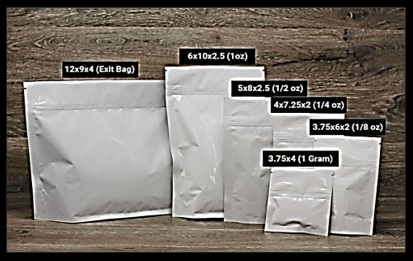
The Application Process
- All applicants, whether as an initial license applicant or existing licensee, must apply to the department (on a form provided by the department) for approval of their labeling and packaging of each marijuana product category intended for sale to customers, in addition to an application for exit packages.
- All applications and required attachments (such as photographs, product descriptions, accurate renderings of proposed labels, and proposed packaging) shall be submitted electronically to the department via its online portal.
- The department shall review each application and then notify an applicant, in writing, whether the label, package, or exit package application has been approved or rejected.
- Whenever the department denies a submission, a denial reason will be noted, and the applicant will be notified. (Fees will not be assessed). Applications that contain multiple items (e.g. a packaging application with multiple types of packaging) may result in a combination of individual approvals and denials based upon the qualifications of each individual item. The applicant will be required to submit a new application for any individual items that the department denied. The department shall notify the applicant, in writing, of the deficiencies or issues with the application or submitted materials.
The Application Fees and Payment Deadlines
- Generic Labels
- There is no fee associated with the use of generic labels (all fees are assessed as a final step in the approval process), and attachments (photos or accurate renderings) of the proposed labels are not required.
- Custom labels
- If the applicant elects to use a custom label, the fee is $25 per label and attachments of photos or accurate renderings are required. All fees are assessed as a final step in the approval process.
- Generic packages
- There is no fee associated with the use of generic packages (all fees are assessed as a final step in the approval process), and attachments (photos or accurate renderings) of the proposed packaging are not required.
- Custom packages
- If the applicant chooses to use a custom package, the fee is $10 per package and attachments of photos or accurate renderings are required. All fees are assessed as a final step in the approval process.
- Exit packages
- Applications are $10 per exit package. A photo or image of the proposed exit package and documentation that all exit packaging has been certified as child-resistant by a federally qualified third-party child-resistant package testing firm are required.
An applicant will receive an invoice for all application fees after the department has reviewed the application. The application is not approved until the fee is paid.
The applicant shall pay all invoiced application fees to the department within ten (10) days of receipt of its invoice. An applicant’s failure to pay all invoiced application fees will result in a denial of the application.
Approved Labeling and Packaging
A licensee must maintain approval letters for all product labels, packages, and exit packages at the licensed premises and shall make those letters available to the department’s inspectors upon request.
After packaging or labeling has been approved, the approved licensee need not reapply for label, package, or exit package compliance approval if the labeling, packaging, or exit packaging does not change.
Penalties For False Affirmation
A licensee that uses non-approved packages, labels, or exit packages shall be subject to disciplinary proceedings.
Exit Packages, Requirements, and Checklist
1. Do you have child-resistant packaging as defined in ARM 42.39.102?
Yes No
2. Do you have documentation that all exit packaging has been certified as child-resistant by a federally qualified third-party child-resistant package testing firm?
Yes No
3. Is the exit package(s) opaque?
Yes No
4. Does the exit package(s) contain the following warnings, as required by § 16-12-215, MCA?*
- “WARNING: Consumption of marijuana may cause anxiety, agitation, paranoia, psychosis, and cannabinoid hyperemesis.”
- “WARNING: Consumption of marijuana by pregnant women may result in fetal injury and low birth weight.”
- “WARNING: Consumption of marijuana by nursing mothers may result in infant hyperactivity and poor cognitive function.”
Yes No
